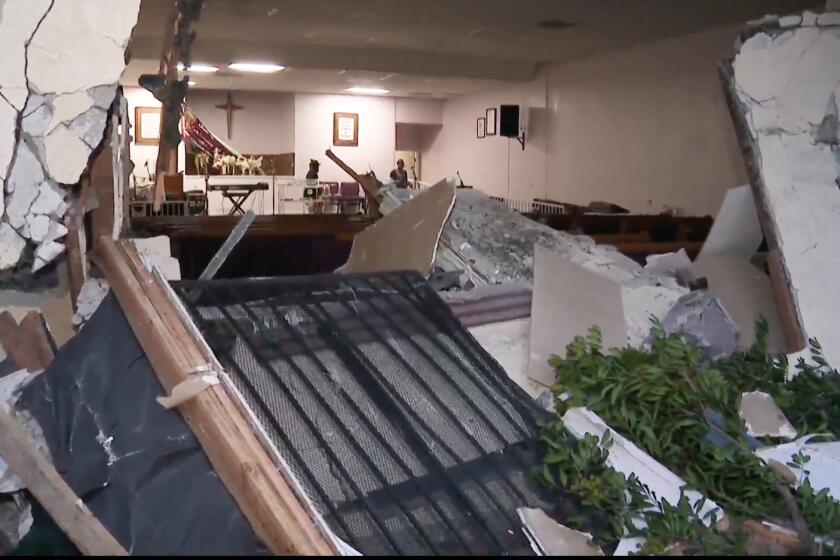Woman Sues Hospital for Televising Her Examination
A 26-year-old Orange woman has sued Western Medical Center-Santa Ana, alleging that her breast and gynecological examination at the hospital was monitored by a surveillance camera and shown in at least one nurse’s station where it was visible to “total strangers.”
The lawsuit contends that the hospital and Dr. Zwi Steindler invaded the patient’s privacy by neglecting to ask for permission before running the camera during the April, 1994, procedure and failing to inform her that her exam was being monitored.
Robert B. Treister, the woman’s attorney, said his client came to the hospital emergency room at the suggestion of her physician for treatment of an infection of her Cesarean section incision.
Treister, who spoke on condition that his client not be named, said she was seen by Steindler and a nurse who, in the course of treatment, gave her a vaginal and breast examination.
Unbeknown to the woman, Treister said, the exam was being monitored by a hospital security camera. Six-second feeds were transferred, at frequent intervals, to monitors in at least one nurse’s station, he said.
Los Angeles attorney Ralph Helton, who is representing the hospital, said Wednesday that activities in the emergency department are monitored 24 hours a day for the “safety and security” of patients. Helton said the camera in this case was behind the patient’s head and could not have revealed what the doctor was doing.
The hospital uses security cameras because “there can’t always be a health provider in the room,” he said. “If something happens to the patient we want to know about it.”
Steindler is out of the country and could not be reached for comment.
Treister, who filed the lawsuit last week in Orange County Superior Court, said “janitors, orderlies, attendants--all strangers” often gather at nurse stations and may have seen the procedure.
Also, he said, the monitors are visible to paramedics and police officers who drop off people, and sometimes to the public.
Treister said his client signed a consent form that would allow photography of the procedure for educational purposes, but there was nothing in the form about security cameras.
He said the patient learned of the camera only after the exam was completed and her husband asked about the camera.
“She was pretty upset,” Treister said. “She turned red, cried. She was embarrassed.”
More to Read
Start your day right
Sign up for Essential California for news, features and recommendations from the L.A. Times and beyond in your inbox six days a week.
You may occasionally receive promotional content from the Los Angeles Times.






